Montgomery County Partnership Targeting Youth with Substance Abuse Issues
By Mike Garrett, October 24 2014
On Wednesday, October 22, 2014, Montgomery County Juvenile Court, South Community Inc., along with the support of the Ohio Department of Youth Services, hosted a community overview to kick off the expansion of much needed outpatient adolescent substance abuse and co-occurring treatment in the community! South Community, Inc., a private behavioral health group, and Montgomery County Juvenile Court collaborated to bring the program, The Seven Challenges, to the area.
Judge Nick Kuntz and Judge Anthony Capizzi commended Juvenile Court and South Community staff for their efforts and working together to bring evidence-based treatment options to the youth of Montgomery County. The Seven Challenges is an evidence-based model supported by the National Substance Abuse and Mental Health Services Administration, and is designed to motivate a decision and commitment to change among adolescents struggling with substance abuse.
Cassandra Russell, a national trainer for The Seven Challenges, provided an overview during the community kick off. The initial training and implementation of The Seven Challenges was funded through the Ohio Department of Youth Services. Continued funding is provided through the Office of Juvenile Justice and Delinquency Prevention Drug Court Enhancement grant until October 2017.

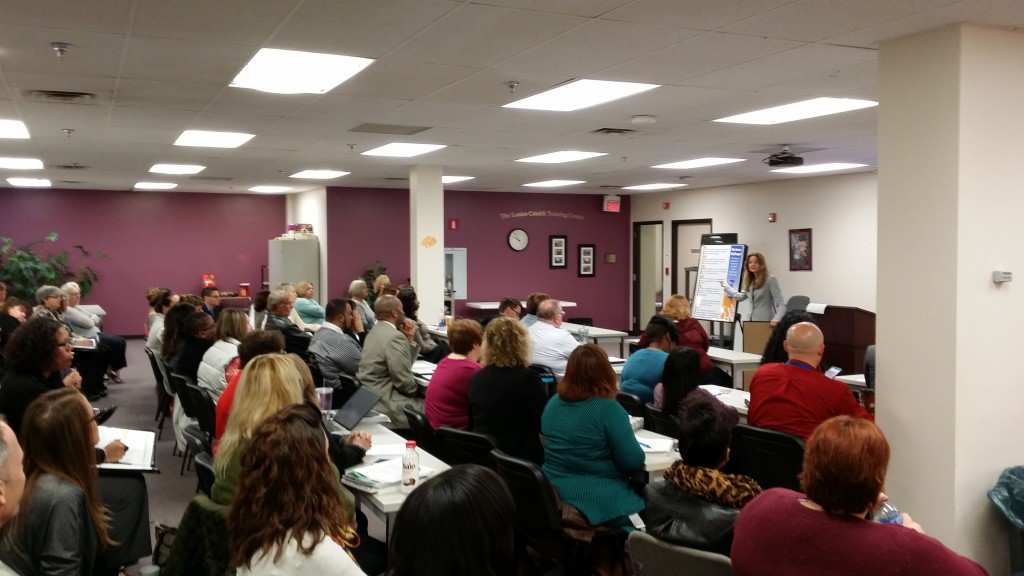

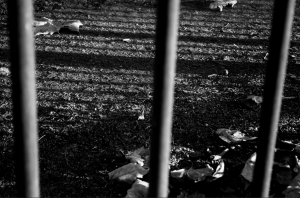 A recent report by William & Mary Assistant Professor Tracy Sohoni called “
A recent report by William & Mary Assistant Professor Tracy Sohoni called “ This month marks 40 years since the
This month marks 40 years since the 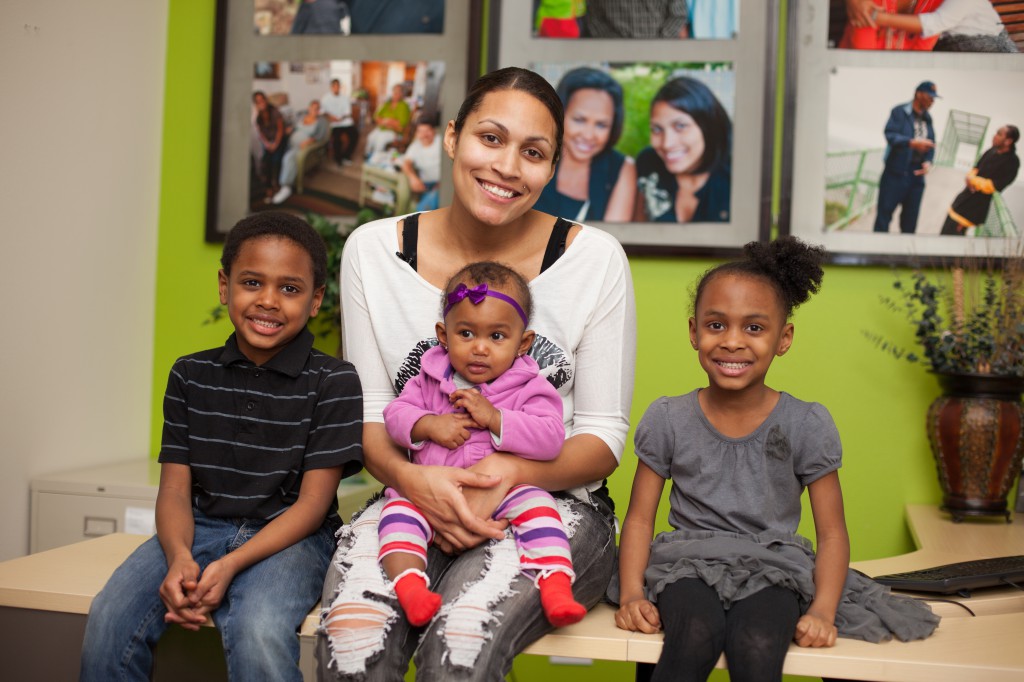
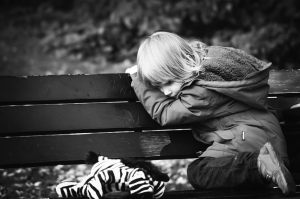 A recent study conducted by Florida’s Office of Juvenile Justice and Delinquency Prevention and the University of Florida revealed that juvenile offenders in Florida have significantly higher rates of adverse childhood experiences (ACEs) than the population as a whole.
A recent study conducted by Florida’s Office of Juvenile Justice and Delinquency Prevention and the University of Florida revealed that juvenile offenders in Florida have significantly higher rates of adverse childhood experiences (ACEs) than the population as a whole.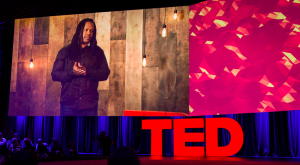 By 19,
By 19, 

 Almost
Almost  This past Sunday, we recognized the inspiring work of the Montgomery County Ohio Reclaiming Futures site and the leadership of Judge Anthony Capizzi. Their tireless work to reclaim our youth serves as an example to communities across the country. This is truly a group effort, supported by community leaders, treatment providers, court staff, faith community, parents' advisory board and the youth.
This past Sunday, we recognized the inspiring work of the Montgomery County Ohio Reclaiming Futures site and the leadership of Judge Anthony Capizzi. Their tireless work to reclaim our youth serves as an example to communities across the country. This is truly a group effort, supported by community leaders, treatment providers, court staff, faith community, parents' advisory board and the youth. The
The  The
The  The
The  May 18-24 is
May 18-24 is